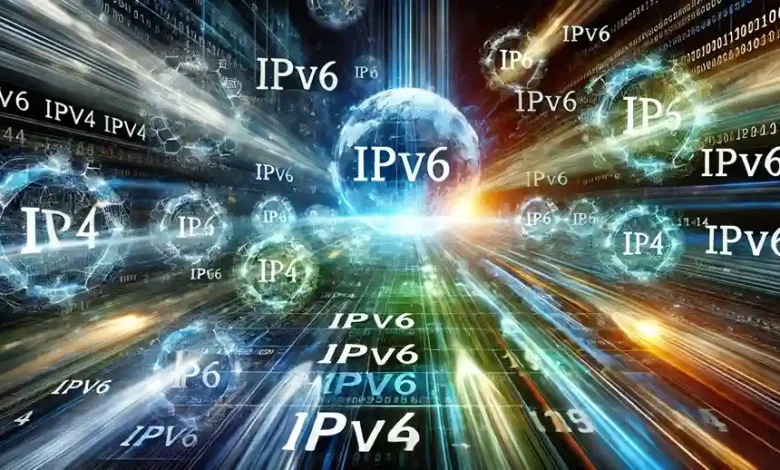Understanding the IPv6 Address 2607:fb91:15af:7350::62

In the world of networking, the transition from IPv4 to IPv6 has become increasingly significant as the demand for IP addresses continues to grow. One specific IPv6 address that exemplifies this transition is 2607:fb91:15af:7350::62. This article aims to provide a comprehensive understanding of this address, its structure, and its relevance in the context of internet connectivity.
What is IPv6?
IPv6, or Internet Protocol version 6, is the most recent version of the Internet Protocol (IP) designed to replace IPv4, which is facing exhaustion due to the increasing number of devices connected to the internet. IPv6 addresses are expressed in hexadecimal and allow for a vastly larger number of unique addresses compared to IPv4.
Breakdown of the Address 2607:fb91:15af:7350::62
- Address Format: IPv6 addresses are typically represented in eight groups of four hexadecimal digits, separated by colons. In this case, the address 2607:fb91:15af:7350::62 includes a shorthand notation. The double colon (::) represents a series of contiguous zero groups that have been omitted to simplify the address.
- Global Unicast Address: The prefix 2607 indicates that this address is a global unicast address. Global unicast addresses are routable on the internet and are assigned to individual devices or interfaces, making them unique and globally accessible.
- Hierarchical Structure: Each section of the address contributes to its hierarchical nature:
- 2607: This portion typically denotes the Internet Service Provider (ISP) and region of allocation.
- 15af:7350: These segments can further categorize the address, often indicating specific subnets or organizational allocations.
- ::62: The suffix can represent a specific device within the designated subnet.
Importance of IPv6 Addresses
The move to IPv6, highlighted by addresses like 2607:fb91:15af:7350::62, addresses several critical issues:
- Address Exhaustion: With billions of devices needing IP addresses, the vast pool provided by IPv6 (approximately 340 undecillion addresses) ensures that future growth can be accommodated.
- Improved Routing Efficiency: The hierarchical structure of IPv6 addresses allows for better routing and management of IP address spaces.
- Enhanced Security Features: IPv6 was designed with security in mind, incorporating features such as IPsec for encryption and authentication.
Read also: 175 Dogs Rescued from Hoarders in Slidell, Mississippi (2011)
Conclusion
The IPv6 address 2607:fb91:15af:7350::62 serves as a prime example of the next generation of IP addressing. As the internet continues to expand, understanding IPv6 addresses becomes essential for networking professionals and everyday users alike. The transition to IPv6 not only addresses the limitations of IPv4 but also lays the foundation for a more interconnected future.
By familiarizing ourselves with addresses like 2607:fb91:15af:7350::62, we can better understand the evolving landscape of internet connectivity and the critical role IPv6 plays in that evolution.



